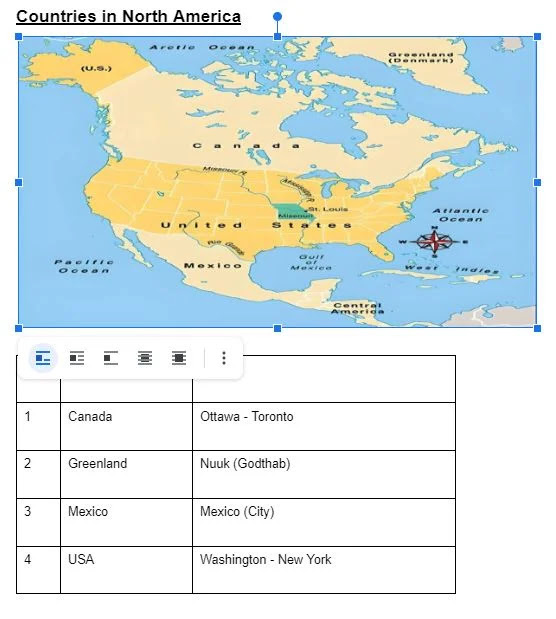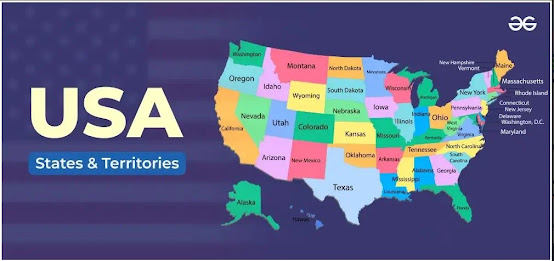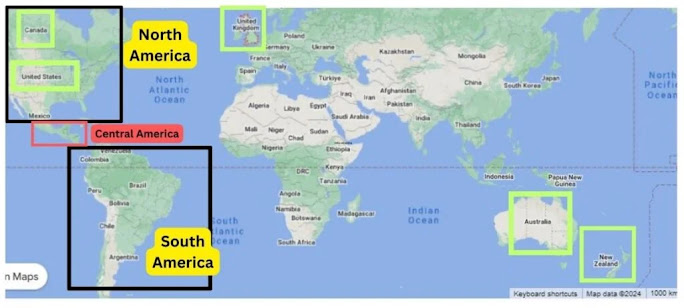MBBS Abroad after NMC 2021 Guidelines
Pursuing an
MBBS abroad has long been a popular option for Indian students, but recent changes by India’s National Medical Commission (NMC) require students to exercise caution. The NMC 2021 guidelines have introduced specific standards for studying MBBS abroad, particularly in areas of licensing exams, language requirements, and program duration. Students must now ensure that their chosen program fully complies with these standards to gain eligibility to practice medicine in India.
Expert Perspective: Key Advice from Raphael Sebastian, Director of RichGlobal Edu
Raphael Sebastian, Director of RichGlobal Edu with over 18 years of expertise in the overseas education sector, emphasizes caution for students looking to pursue an MBBS abroad under the NMC 2021 framework:
“Those who wish to study MBBS abroad after 2021 must be very careful to choose a country that complies with the National Medical Commission norms. If not, they will not be granted a license to practice as a doctor in India. Their entire course duration, fees, time, and money will become a waste. So beware while you choose a country for MBBS abroad.”
Sebastian notes that many education consultants may not fully disclose the impact of these new requirements, leaving students at risk of non-compliance. He stresses the importance of thorough research:
“In 2024, numerous students are still taking admissions for MBBS in Georgia, MBBS in Russia, and MBBS in Philippines, where there are complications with NMC 2021 FMGL guidelines. Without shedding light on these issues, merely securing admission could jeopardize a student’s future. Parents and students must become fully aware of the NMC guidelines of 2021.”
Key NMC 2021 Requirements for MBBS Abroad:
Completion of Licensing Exams in Host Country
Students must clear the host country’s licensing exam to be eligible for FMGE or NExT in India.
Program Duration
A minimum duration of 4.5 years, excluding any pre-med coursework.
Language Proficiency
Licensing exams often require proficiency in the local language, which can be a significant hurdle in some countries.
Below is an analysis of popular MBBS destinations in light of these NMC 2021 guidelines:
MBBS in Russia: Licensing Exam Language Barrier
Russia has a strong reputation for medical education, but its licensing requirements pose a challenge. Medical graduates in Russia must pass a licensing exam conducted in Russian, which is essential for any future medical practice there. For Indian students, this exam presents a considerable barrier, as the exam requires a high level of proficiency in the Russian language. Per NMC 2021 guidelines, Indian students must clear this licensing exam in Russia to qualify for FMGE or NExT in India, which means that without passing this exam, their degree would not be recognized in India for medical practice.
Key Takeaway: The language requirement in Russia makes it critical for Indian students to assess their readiness to study in Russian before committing to an MBBS program in the country.
MBBS in Philippines: Non-Compliance with Program Duration Requirements
The Philippines has been a popular choice for Indian students due to English-taught programs and similar climate and culture. However, the Philippines’ medical programs, structured as four-year courses, do not meet the minimum 4.5-year duration requirement mandated by the NMC 2021 guidelines. Additionally, pre-medical courses, which many students complete before the medical program, are not counted toward the required program duration. As a result, students graduating from the Philippines are currently unable to qualify under NMC guidelines, creating a significant barrier for those planning to practice in India.
Key Takeaway: The Philippines’ medical program length does not align with NMC 2021 requirements, making it a non-compliant choice for Indian students seeking a seamless transition to practice in India.
Countries Compliant with NMC 2021 Guidelines
Some countries, such as MBBS in Uzbekistan, MBBS in Kyrgyzstan, MBBS in Bangladesh and MBBS in Nepal, have MBBS programs that align with the NMC’s updated requirements. These countries offer:
Programs that meet the 4.5-year minimum duration requirement.
Licensing exams available in English or with sufficient preparatory support for international students.
Structured compliance with the NMC 2021 guidelines to ensure eligibility for Indian licensing exams post-graduation.
1. MBBS in Uzbekistan: Affordable and NMC-Compliant
Uzbekistan’s medical programs have recently aligned with the NMC’s standards by ensuring a program duration of at least 4.5 years, with clinical exposure and comprehensive course structures. Additionally:
Language: Courses and licensing exams are offered in English, minimizing language barriers.
Licensing Compliance: Graduates must pass Uzbekistan’s licensing exam, meeting the NMC mandate for a licensing exam before attempting India’s NExT.
Why Uzbekistan? Affordable tuition fees, proximity to India, and an English-medium education make Uzbekistan an ideal choice for Indian students seeking NMC-compliant MBBS programs.
2. MBBS in Kyrgyzstan: Budget-Friendly and Structured Programs
Kyrgyzstan is another popular destination for Indian students due to low fees and NMC-compliant course structures:
Program Duration: Meets the 4.5-year requirement, providing thorough theoretical and clinical training.
Language Support: Courses and exams are available in English, with adequate support for international students.
Host Licensing Exam: Students are required to pass the Kyrgyz licensing exam, fulfilling NMC’s licensing exam requirement.
Why Kyrgyzstan? Known for its affordability, English-medium education, and compliance with the NMC guidelines, Kyrgyzstan is a strong option for Indian students.
3. MBBS in Bangladesh: Familiar Culture and Similar Curriculum
Bangladesh’s medical curriculum is closely aligned with India’s, which offers students a smooth transition back to India for their licensing exams:
Program Length: Complies with the 4.5-year minimum duration set by NMC.
Language: Courses are conducted in English, with ample resources available for Indian students.
Compliant Licensing: Graduates must clear the Bangladesh medical licensing exam, meeting the NMC requirement.
Why Bangladesh? Due to cultural similarities, high FMGE pass rates, and compliance with the NMC guidelines, Bangladesh is a popular choice among Indian students.
4. Nepal: Closest in Culture and Curriculum to India
Nepal offers a similar medical education structure, making it one of the most compatible destinations for Indian students under the NMC guidelines:
Program Duration: Meets the 4.5-year requirement.
Language of Instruction: English, with a curriculum that closely matches Indian medical standards.
Licensing Exam: Passing the Nepal licensing exam fulfills the NMC 2021 requirement, ensuring eligibility for NExT.
Why Nepal? With cultural and geographical proximity, as well as a similar education structure to India’s, Nepal is an ideal choice for Indian students under the NMC guidelines.
Making an Informed Decision: A Checklist for Students and Parents
For students considering MBBS abroad, it is essential to prioritize countries and institutions that are fully compliant with NMC 2021 guidelines to avoid jeopardizing their future medical practice in India. Here are some steps to take:
Verify Program Duration: Ensure that the program spans at least 4.5 years of core medical education, excluding pre-med courses.
Confirm Licensing Exam Language and Requirements: For countries requiring a local language for their licensing exam (e.g., Russian in Russia), be prepared to invest in language proficiency.
Seek Transparent Advice from Trusted Consultants: Avoid consultants who do not discuss the NMC 2021 guidelines and their implications in depth. In particular, confirm compliance before committing.
Words from the Abroad MBBS expert, Raphael Sebastian
“It is your child’s future at stake. When issues are flagged by the NMC, don’t ignore them by thinking, ‘If students studied there in the past, it should be fine now.’ The 2021 rules have fundamentally changed the approval landscape for MBBS abroad.”
In summary, understanding and adhering to NMC 2021 guidelines is critical for students aspiring to study MBBS abroad. Making an informed choice about the country and institution ensures that the investment in education translates into a successful medical career in India.
 As seen in the map, there are 13 countries in the caribbean.
As seen in the map, there are 13 countries in the caribbean. 




.webp)


.jpg)
.jpg)
.jpg)

.jpg)


.jpg)

.jpg)
.jpg)



.jpg)


.jpg)